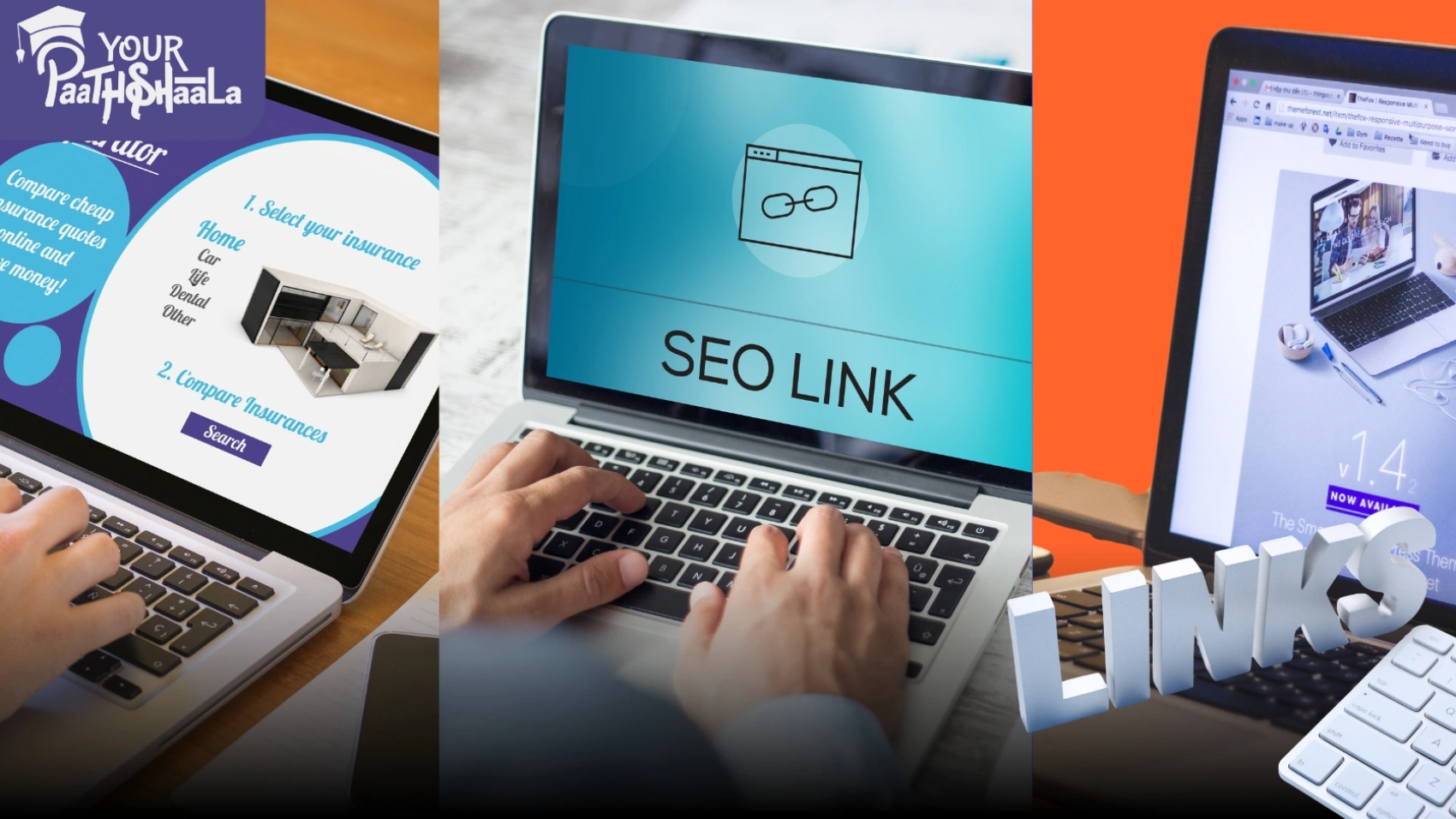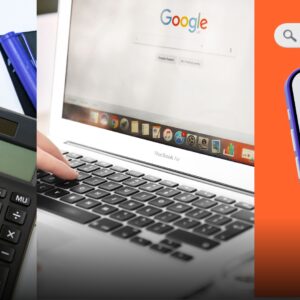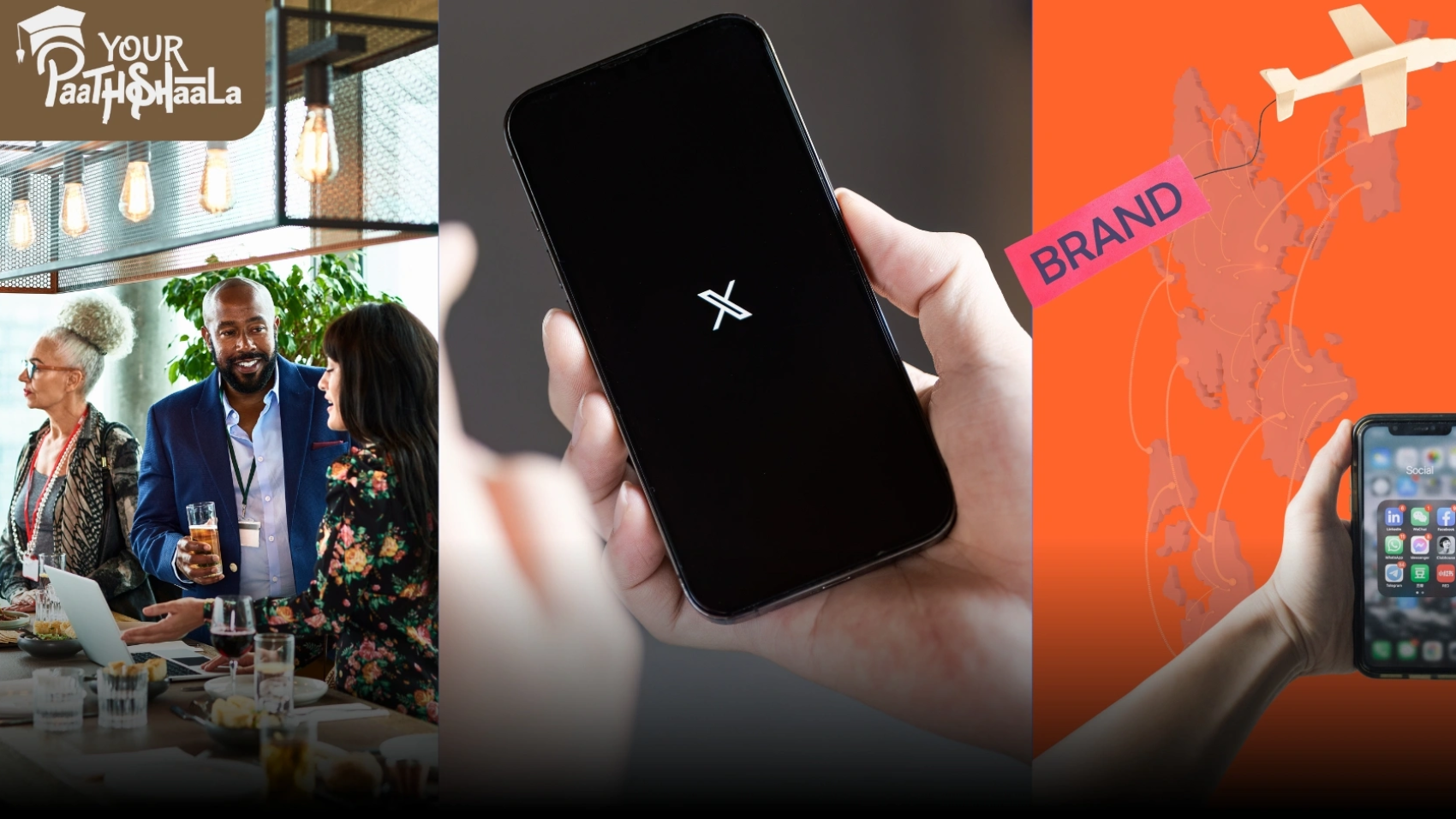India’s digital landscape is booming in 2025, with 850 million internet users, 77% on mobile devices, and a $188 billion e-commerce market, per Statista. For beginners, optimizing Instagram Reels can skyrocket brand visibility and engagement, leveraging the platform’s algorithm to reach new audiences. I discovered that free tools and simple strategies make Reels optimization accessible, even for novices. For instance, Priya, a Mumbai-based influencer, optimized her Reels for “Mumbai fashion,” gaining 3,000 followers in two months. Inspired by YourPaathshaala’s stellar Google Business Profile, I explored how to master the Instagram Reels algorithm. This guide shares actionable steps for Indian beginners to optimize Reels for algorithm success in 2025. If Priya could succeed, you can too. Here’s how to start.
Understanding the Instagram Reels Algorithm
Firstly, the Instagram Reels algorithm prioritizes content based on engagement, watch time, and relevance, pushing videos to users beyond your followers, per web ID 0. With over 2 billion active users, Reels drive 25% of Instagram’s discovery traffic, per web ID 0. For example, Priya’s Reel on “Diwali outfits” reached 10,000 non-followers due to high engagement. YourPaathshaala’s GBP, ranking high for “online learning India” with engaging videos, mirrors this strategy. The algorithm favors quick hooks and original content, per web ID 2. Consequently, understanding the algorithm is beginner-friendly, as @DigitalGuruIndia noted on X (post ID 2).
Why Reels Optimization Matters in 2025
Optimizing Reels is crucial because it boosts visibility in India’s $3 billion social media ad market, per web ID 4, increasing engagement by 25%, per WebEngage. Free tools like Canva fit ₹0 budgets, unlike agencies charging ₹10,000 monthly, per web ID 5. For instance, YourPaathshaala’s GBP uses optimized video posts for reach. Priya’s Reels tripled her followers, outshining static posts. Additionally, Reels align with mobile-first trends and your September 2, 2025 social media interest. Thus, Reels optimization is essential for Indian marketers in 2025, per web ID 6.
5 Steps to Optimize Instagram Reels for Algorithm Success
Here are five easy steps to optimize Instagram Reels for algorithm success in 2025, with practical insights and inspiration from YourPaathshaala’s digital success.
Create High-Quality, Engaging Content
Start by producing high-quality Reels with clear visuals and hooks within the first 3 seconds, per web ID 7. Use Instagram’s in-app camera or CapCut for editing, per your August 3, 2025 free tools interest. For example, Priya’s “Mumbai fashion tips” Reel, shot in 1080p with a bold opener, gained 5,000 views. Low-quality videos lose viewers, so prioritize clarity. YourPaathshaala’s GBP uses crisp course videos, inspiring this. Test with Google’s Mobile-Friendly Test for mobile optimization, per web ID 6. Consequently, quality content boosts algorithm ranking.
Tool: CapCut (free) for video editing.
Leverage Trending Audio and Hashtags
Next, use trending audio and hashtags like #IndiaFashion or #ReelsIndia to boost discoverability, per web ID 9. For instance, Priya used a viral Bollywood track, increasing views by 30%. Non-trending audio limits reach, so check Instagram’s trending section. YourPaathshaala’s GBP uses relevant hashtags, showing their value. Research hashtags with RiteTag, per web ID 5. Thus, trending elements enhance visibility, aligning with your August 5, 2025 content creation interest.
Tool: RiteTag (free tier) for hashtag research.
Optimize for Watch Time and Completion Rate
Then, create short Reels (7–15 seconds) to maximize watch time and completion rate, key algorithm signals, per web ID 3. For example, Priya’s 10-second Reel looped seamlessly, doubling replays. Long Reels lose viewers, so keep them concise. YourPaathshaala’s GBP uses short video updates, inspiring this. Add captions for mute viewers, per web ID 7. Use Instagram Insights to track completion rates, per web ID 4. Consequently, high watch time drives algorithm success.
Tool: Instagram Insights (free) for performance tracking.
Encourage Engagement
Moreover, prompt engagement with calls-to-action (CTAs) like “Comment your favorite style!” or polls, per web ID 0. For instance, Priya’s CTA in a Reel gained 200 comments, boosting reach. Low engagement hurts rankings, so interact via comments and DMs. YourPaathshaala’s GBP responds promptly, showing engagement’s power. Join X communities like “India Influencers” for tips, per @MarketingProX (post ID 4). Thus, engagement strengthens algorithm performance, per your September 6, 2025 Twitter Spaces interest.
Tool: X (free) for community engagement.
Analyze and Refine Performance
Finally, monitor Reels performance with Instagram Insights, tracking metrics like reach (10,000+) and engagement (3%), per web ID 4. Adjust based on data, per web ID 13. For example, Priya tweaked her posting time to 7 PM, doubling views. Ignoring analytics stalls growth, so check weekly. YourPaathshaala’s GBP tracks video performance, showing data’s value. Use AI tools like ChatGPT for caption ideas, per your September 4, 2025 AI content interest. Consequently, optimization ensures sustained success.
Tool: Instagram Insights (free) for analytics.
Overcoming Common Reels Optimization Challenges
Optimizing Reels comes with challenges, but here’s how to tackle them:
- Low Reach: Reels don’t get views. Solution: Use trending audio, per web ID 7.
- Poor Engagement: Few likes or comments. Solution: Add CTAs, per web ID 0.
- Technical Issues: Videos lag on mobile. Solution: Optimize with CapCut, per web ID 6.
- Algorithm Shifts: Trends change fast. Solution: Monitor with Instagram Insights, per web ID 4.
For example, Priya’s optimized Reels quadrupled followers. Thus, strategic solutions overcome obstacles.
Conclusion
YourPaathshaala’s GBP is a digital benchmark. Ranking high for “online learning India,” their profile features a crisp logo, engaging course videos, and a detailed description of teaching methods. With 50+ five-star reviews and prompt Q&A responses, they build trust, per web ID 7. Weekly video posts, optimized like Reels, keep their listing fresh, per web ID 9. Their strategy inspired Priya’s Reels approach. For instance, their engaging videos showed the power of hooks. Consequently, YourPaathshaala’s GBP offers a model for Reels success. To learn more click Bestdigitalmarketingcourseinraipur & you will learn a lot about digtital marketing and related topics. At YourPaathshaala, Raipur’s trusted skill development institute, we specialize in hands-on, practical digital marketing training. Ready to boost your career? Visit us in Raipur or contact us at 📞 +91-8305209520 to learn more!
















